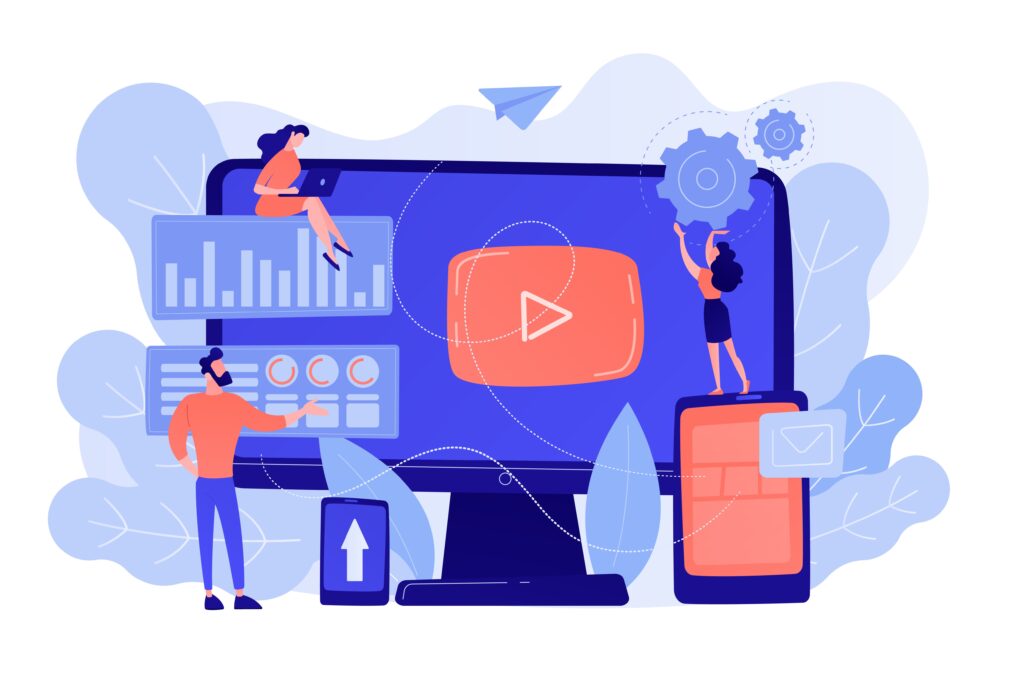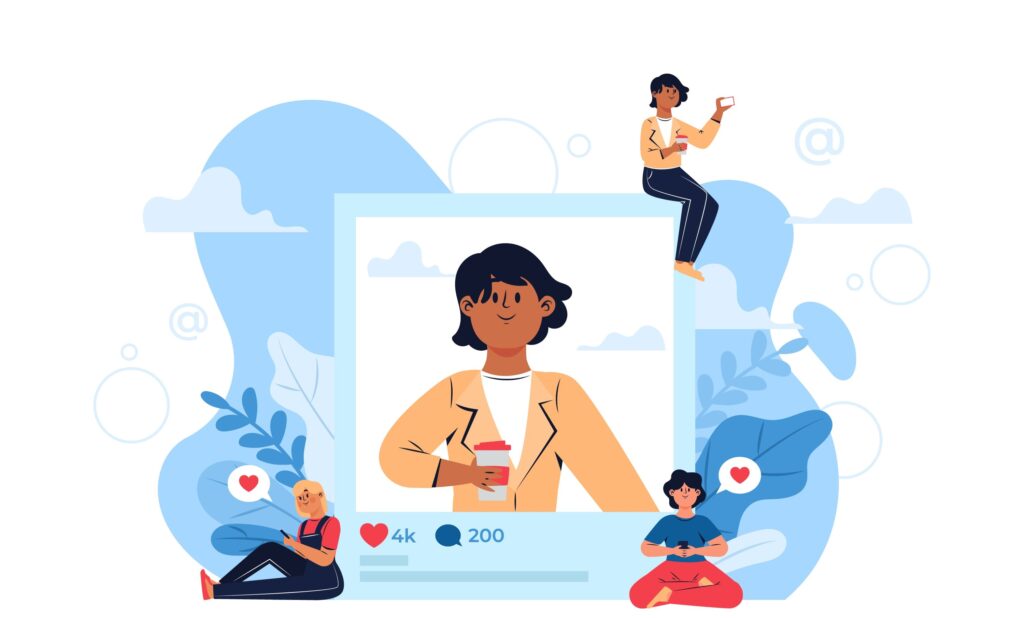Chat GPT is an advanced artificial intelligence model that belongs to the family of Generative Pre-trained Transformers (GPT) and is specifically designed for natural language processing (NLP) tasks.
It was developed by OpenAI, one of the world’s leading research organizations in the field of artificial intelligence, and was released in June 2020.
The GPT models are based on the transformer architecture, which was introduced in the paper “Attention is All You Need” by Vaswani et al. in 2017.
What Is Chat GPT?

Chat GPT is trained on an enormous amount of text data from a wide range of sources, including books, articles, websites, and social media.
This pre-training process allows the model to learn the patterns and structures of natural language and acquire a comprehensive understanding of the nuances of language use.
As a result, ChatGPT can generate coherent, grammatically correct, and contextually relevant responses to a wide range of text-based prompts, including questions, statements, and conversations.
Features Of Chat GPT
One of the main features of Chat GPT is its ability to generate text that is virtually indistinguishable from human-written text.
This is achieved through a process called language modeling, which involves predicting the likelihood of a word or sequence of words occurring in a given context.
1. Text Generations
Chat GPT uses a probabilistic approach to generate text, which means that it evaluates the likelihood of every possible response and selects the most probable one based on the context of the prompt.
This process allows ChatGPT to produce responses that are not only grammatically correct but also coherent and relevant to the input.
2. Wide Ranges Of NLP Task
Chat GPT is also capable of performing a wide range of NLP tasks, including language translation, sentiment analysis, text classification, and summarization.
This is made possible by fine-tuning the model on specific tasks, which involves training the model on a smaller dataset that is specific to the task at hand.
Fine-tuning allows ChatGPT to acquire task-specific knowledge and adapt its language generation capabilities to the specific requirements of the task.
3. Ability To Learn From User Interaction
Another notable feature of Chat GPT is its ability to learn from user interactions. As users interact with ChatGPT, the model learns from their inputs and refines its language generation capabilities to provide more accurate and relevant responses.
This is achieved through a process called reinforcement learning, which involves rewarding the model for generating high-quality responses and penalizing it for generating low-quality responses.
By continuously learning from user interactions, ChatGPT becomes more effective at generating high-quality responses over time.
4. Different Applications Availability
Chat GPT has a wide range of potential applications in various fields, including customer service, chatbots, virtual assistants, language translation, content creation, and more.
It can be used to automate tasks that would otherwise require human intervention, such as answering customer inquiries, providing technical support, and generating content for websites and social media.
It can also be used to enhance human communication, such as providing language translation services, helping individuals with speech impairments communicate more effectively, and providing personalized language coaching.
5. Often Generate Offensive Response
It is important to note that ChatGPT, like other AI models, has certain limitations and risks. One of the main limitations is its tendency to generate biased or offensive responses.
This is because ChatGPT is trained on a large corpus of text data, some of which may contain biased or offensive language.
As a result, the model may learn to reproduce such language in its responses. Additionally, ChatGPT may generate responses that are factually incorrect or misleading, particularly when it is presented with new or unusual information.
Another potential risk associated with ChatGPT is its potential to be used for malicious purposes, such as spreading misinformation, generating fake news, or impersonating individuals online.
This risk is particularly significant given the model’s ability to generate text that is virtually indistinguishable from human-written text.
How To Use Chat GPT?
Using ChatGPT is a relatively simple process, and there are several ways to interact with the model depending on your specific needs and requirements. Here are some common methods of using ChatGPT:
1. Online Chat Platforms:
Many websites and social media platforms have integrated Chat GPT into their chatbot for customer service systems.
You can initiate a chat session with the bot and ask it any question or provide a prompt, and ChatGPT will generate a response based on the input. Some popular platforms that use ChatGPT include Facebook Messenger, Discord, and Twitter.
2. API Integration:
You can also use Chat GPT by integrating its API (Application Programming Interface) into your own software or application. OpenAI provides an API for developers to access the model’s language generation capabilities and use them to build their own applications. You can use the API to perform various NLP tasks, such as language translation, sentiment analysis, and text summarization.
3. Command-Line Interface:
If you have some technical expertise, you can also use ChatGPT through a command-line interface. This involves installing the required software and libraries on your computer and running commands to interact with the model.
OpenAI provides detailed documentation on how to install and use ChatGPT through the command-line interface.
Regardless of the method you choose, the basic process of using ChatGPT involves providing a prompt or question to the model and waiting for it to generate a response. Here are some tips for using ChatGPT effectively:
4. Be Specific:
Chat GPT is trained on a large corpus of text data, which means that it can generate responses to a wide range of prompts. However, it may struggle with ambiguous or vague inputs. Therefore, it’s important to be as specific as possible when providing your input to ChatGPT.
For example, if you’re asking a question, provide as much context as possible to help ChatGPT generate a relevant and accurate response.
5. Evaluate The Response:
Chat GPT is capable of generating highly sophisticated and contextually relevant responses, but it’s not infallible. Therefore, it’s important to evaluate the response and verify its accuracy before taking any action based on it.
If you’re using ChatGPT for a critical task, such as language translation or content creation, it’s a good idea to have a human review the output to ensure its quality.
6. Be Patient:
ChatGPT is a highly sophisticated AI model, but it’s not instantaneous. Depending on the complexity of the input and the load on the server, it may take several seconds or more for Chat GPT to generate a response.
Therefore, it’s important to be patient and avoid sending multiple requests to the server in quick succession, as this can cause delays and strain on the system.
Conclusion
Chat GPT is a powerful and versatile tool for natural language processing that can be used in a wide range of applications. By following these tips and using ChatGPT responsibly, you can leverage its capabilities to enhance communication, automate tasks, and improve overall efficiency.




